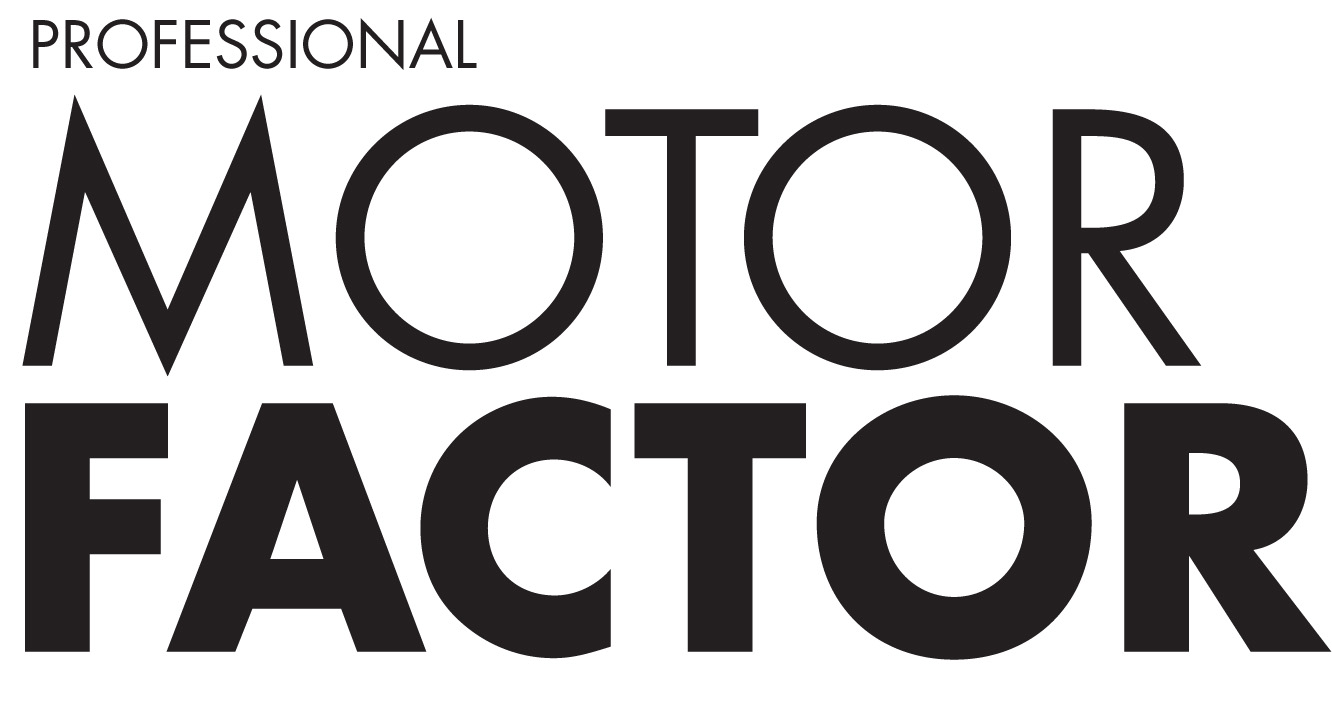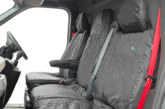
Autoelectro UK Sales Manager, Nick Hood, explains some of the ways a starter motor, fitted to a Ford Fiesta MK8 (2017-onwards), can burn out. This should help stockists when liaising with their workshop customers and improve their own knowledge of the system.
Excessive cranking
This will run down the battery, and the technician is likely to hear the engine turn over slower than normal. The effect of prolonged cranking causes the starter motor to burn out due to low speed/high current.
Autoelectro advises technicians to check for a loose or corroded connection and that there is no resistance in the main feed lead from the battery, check the earth points for signs of corrosion and ensure good contact from battery to chassis and chassis to engine block. What’s more, they should also check the battery condition by fully charging the battery, which should show 12.6V or above, before performing a ‘load test’ with the correct equipment – the battery should maintain 9.6V for at least 15 seconds.
Ongoing engine starting issues, such as leaking fuel injectors, faulty coil pack, fouled spark plugs and vapour lock, can put excess strain on the starter motor and, if not resolved, can lead to a complete failure of the starter motor.
Running on
The starter will continue to run or stay ‘in mesh’ while the engine is running, which will, generally, cause a whining noise and, if prolonged, a burning smell. This can be seen on a starter motor as a bluish discoloration of the armature shaft and pinion.
The usual cause for this is a sticking ignition switch or relay sending a constant feed to the starter motor. This must be resolved before running the vehicle, as it will cause permanent damage and, ultimately, failure of the starter motor.
Fitting issues
Certain starter motors come with locating dowels and guides, which should always be used when fitting a new unit. Not using dowels or guides may mean the unit won’t sit flush onto the bell housing, causing meshing issues and, ultimately, permanent damage to the starter and/or the flywheel.

Autoelectro acknowledges that it can only provide guidance, and motor factors should always advise technicians to consult the vehicle manufacturer’s information for full details and instructions.
This bulletin, along with many others, are available to view on Autoelectro’s website: www.rdr.link/FG012. The 1986 Dashboard, free to sign up to, provides technical and product information on individual references, along with the latest press releases, social media updates and new-to-range part numbers.
There’s also a search bar for part or OEM numbers, while users can look back at their search history.








